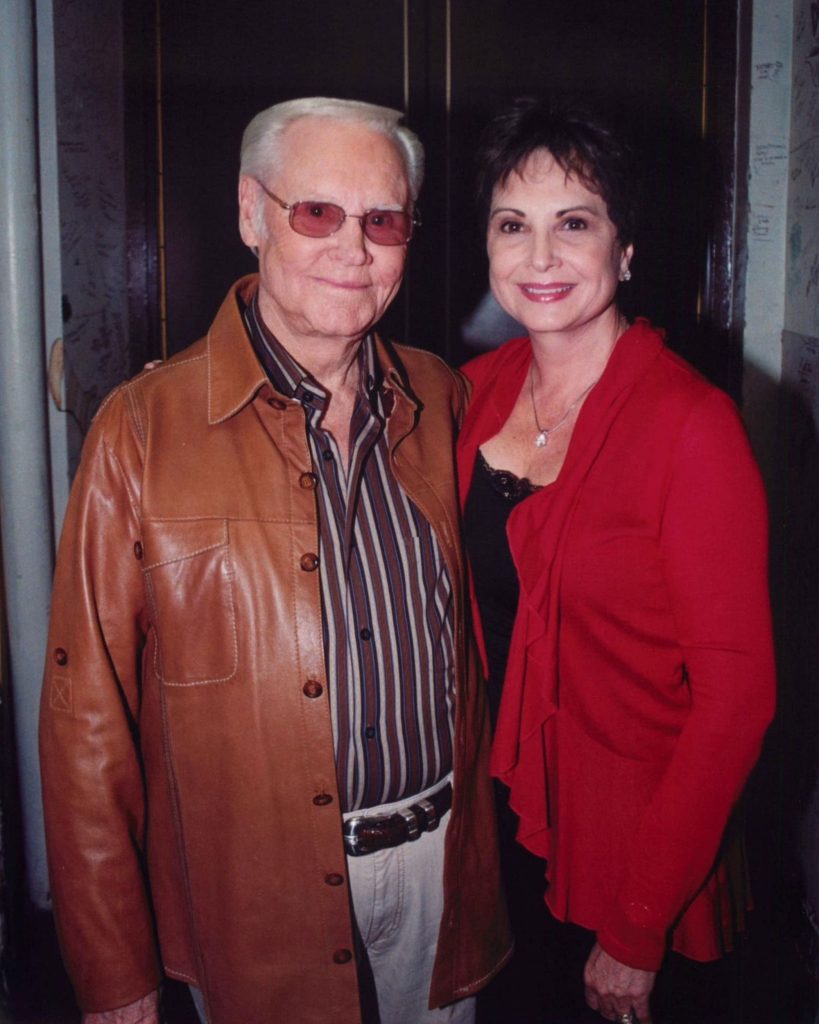
Introduction
I still remember the first time I heard the name George Jones through my grandfather’s stories. He was a devoted fan of American country music who praised Jones’s voice as a special kind of spice – one that made every memory and emotion more vivid. When my grandfather placed the “Walls Can Fall” album into the player, even as a young child, I was drawn into its rustic yet profoundly moving sound, carrying a depth that’s hard to put into words. The title, “Walls Can Fall,” felt like a heartfelt message: no matter how solid the barriers of life might seem, they can be dismantled through empathy, love, and music.
About The Composition
- Title: Walls Can Fall
- Composer: While George Jones is the performing artist, the album’s songs were penned by several seasoned country songwriters, including Sanger D. Shafer, among others, who contributed their hallmark lyricism to shape the album.
- Premiere Date: The album “Walls Can Fall” was released on June 30, 1992.
- Album/Opus/Collection: Belongs to the “Walls Can Fall” album by George Jones.
- Genre: Country (not a classical composition, but a significant piece within the American country music tradition)
Background
According to Wikipedia, “Walls Can Fall” emerged during a period when George Jones sought to reaffirm his standing in the country music scene amidst changing times in the early 1990s. With the genre evolving and newer artists rising, Jones’s album symbolized resilience and a longing to recapture both artistic relevance and personal equilibrium.
This album showcases a seasoned voice shaped by years of experience and hardship, blending heartfelt storytelling with the hallmark instrumentation of country music. Initially, “Walls Can Fall” might not have sparked immediate, overwhelming acclaim as some of Jones’s earlier legendary works. Still, over time, it earned recognition as a meaningful milestone in his later career. Produced by Emory Gordy Jr. under MCA Nashville, the album stands as a testament to the synergy between Jones’s deeply emotive vocals and a polished yet authentic musical backdrop.
Musical Style
In terms of musical elements, “Walls Can Fall” is not a symphony or a classical concerto, but a collection of country songs that emphasize simplicity and emotional resonance. The instrumentation—acoustic and electric guitars, fiddle, steel guitar, and gentle piano chords—creates a warm, intimate soundscape. There’s a deliberate avoidance of overproduction, allowing Jones’s distinctive, weathered voice to take center stage. While there’s no intricate classical technique, the finesse lies in the subtle phrasing, the understated rhythms, and the quiet sincerity that emerges through each track.
Lyrics/Libretto (if applicable)
Treating each track like a personal narrative, the lyrics reflect everyday stories—love, loss, dreams, and the steadfast hope that no wall is insurmountable. The recurring theme is the belief that, with understanding and compassion, emotional barriers can crumble. Music and words intertwine to create a listening experience that feels as familiar as sitting in a small-town bar, listening to a seasoned storyteller sharing pages from their life’s diary.
Performance History
Since its release, George Jones performed songs from “Walls Can Fall” on various stages and at country music events. Despite the challenges of his personal life and career, his voice remained a potent conduit of raw feeling. Over time, as audiences revisited the album, it gained more appreciation. Fellow musicians and younger artists have drawn inspiration from these songs, occasionally covering them, thus keeping the spirit of the album alive and reinforcing Jones’s enduring influence.
Cultural Impact
While it may not hold the “classical” prestige associated with certain revered compositions, “Walls Can Fall” has its own cultural significance. It epitomizes perseverance, adaptability, and artistic integrity in a genre that values authenticity. Tracks from the album have found their way into radio shows, TV programs, and cultural narratives about the American heartland. Its presence reminds listeners that genuine artistry is not always defined by immediate commercial triumph but often by its capacity to speak quietly yet powerfully across time.
Legacy
More than three decades on, “Walls Can Fall” remains in the memory of those who cherish country music’s core values: heartfelt storytelling, emotional honesty, and the gentle twang of instruments that convey human struggles and triumphs. While it may not be counted among Jones’s most celebrated recordings, it stands as a steadfast piece of his later repertoire, continually inspiring up-and-coming artists who seek to carry forward the traditions of the genre.
Conclusion
Listening to “Walls Can Fall” today, I still feel that same genuine stirring I experienced as a child. The album reminds us that any barrier in life—whether in love, relationships, or within ourselves—can be dismantled. To anyone interested in exploring this work, I recommend starting with the original George Jones recordings or seeking out rare live performances that capture his voice’s timeless qualities. You might just find your own walls beginning to weaken, moved by the authenticity and warmth that only a true country legend can provide
Video
Lyrics
I once stood in the darkness I couldn’t see a light
Backed up against the wall I built around my life
I’d run out of reasons to ever love again
But somehow you found a door and you came waltzing in
Walls can fall, storms can end
Skies can clear, hearts can mend
All it took was your sweet love to rise above it all
You can build ’em strong and tall, but walls can fall
Here we stand together with stones enough to build
A bridge into forever beyond the highest hill
The past will fade behind us if we let the future shine
Not a thing can come between us if we always keep in mind that
Walls can fall, storms can end
Skies can clear, hearts can mend
All it took was your sweet love to rise above it all
You can build ’em strong and tall, but walls can fall
You can build ’em strong and tall but walls can fall
